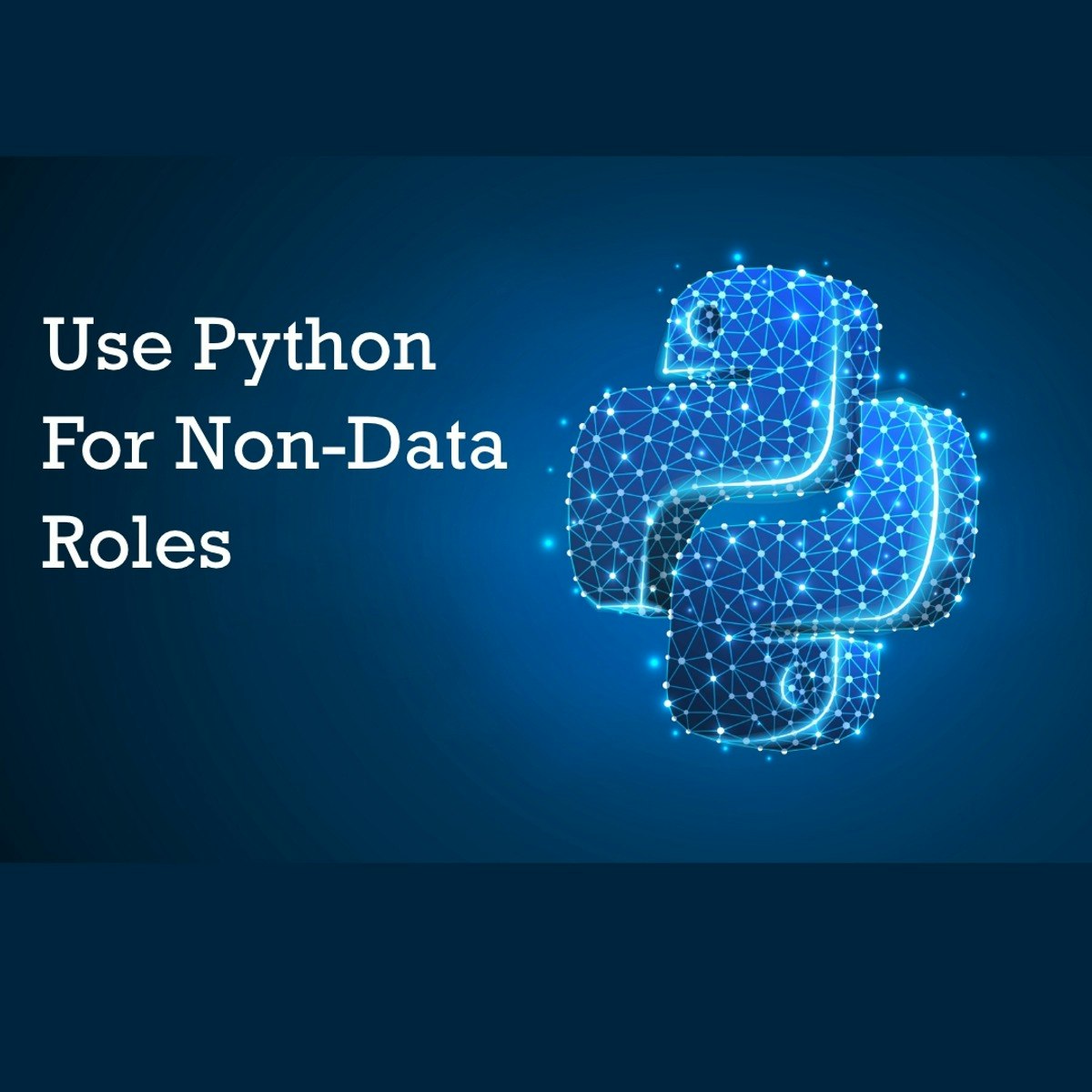Back to Courses









Business Courses - Page 89
Showing results 881-890 of 2058

Building and Managing Superior Skills
In this course, you will engage in developing and strengthening the functional component of your career brand. Acting as “your own Chief Executive Officer” (P. Drucker), you will learn how to use strategic management models and techniques for enhancing your skills portfolio. You will learn how to increase your human capital by developing and documenting high-demand marketable skills. After completing this course, you will be able to:
- Implement business strategy and models and tools, such as benchmarking and SWOT analysis, for identifying and analyzing your competitive strengths and addressing competency gaps in a skill-based, competitive job selection context;
- Understand evidence-based, data-driven skill assessment methodologies and techniques;
- Select appropriate assessment tools and apply them for a thorough, accurate, evidence-based and data driven self-assessment of your transferable skills;
- Create your critical competency profile ("The Self-Assessment Grid for Evaluation, or SAGE") and use it as an effective instrument for an objective, 360 degree self-assessment of your competitive strengths and competency gaps;
- Create and use an effective instrument for organizing, directing and monitoring your skill-building activities (“The Skill-Building Dashboard, or Skill-Builder”);
- Develop an effective tool (“The T-Portfolio”) for gathering and organizing samples of standards, best practices, assessment instruments and techniques in your chosen field;
- Effectively organize your self-management information system to systematically collect and analyze job-related data, evaluate and assess required competencies and skills, develop and implement plans for self-improvement, and monitor your progress;
- Develop and implement a realistic performance metric for your career development activities ("Your Present Job Market Value");
- Engage in self-coaching to support active self-development.

Developing the Opportunity for Corporate Entrepreneurs
For an increasing number of established companies, creating new businesses and programs within the company is an imperative for success. Maturing technologies and aging product portfolios are requiring established companies to create, develop, and sustain innovative new initiatives.
In this course, learners will develop knowledge on how to navigate the barriers to creating, developing, and sustain innovative new businesses and programs within established companies or organizations with an emphasis on:
• Introducing the skills for identifying and analyzing entrepreneurial ideas within a corporate environment;
• Examining entrepreneurial thinking within yourself and your colleagues with an awareness of entrepreneurial mindset, entrepreneurial motivations, and entrepreneurial behaviors;
• Cultivating seeing entrepreneurially within yourself and your colleagues with attention to industry conditions, industry status, macroeconomic change, and competition; and
• Championing acting entrepreneurially within the corporate environment with an understanding of value innovation and opportunity identification.
Try this course for FREE at https://www.coursera.org/learn/corporate-entrepreneurs-opportunity

Use Python for Non-Data Role
Even if you are not a person with a data specific role, knowing how to work with data is becoming a highly in-demand skill. More and more companies are collecting data, storing data, and making data-based decisions. From marketing to human resources, to finance and operations, knowing the basics of how to use a data language such as Python will make you even more desirable, valuable, and useful to your company. In this project, learners will learn how to get started with Python. They will learn how to upload Excel sets into Python; how to create lists, dictionaries, and tables; and even how to create Gantt charts with Python. This will arm people in all kinds of roles to use Python to perform data tasks.

Emotional Intelligence: Cultivating Immensely Human Interactions
This course is a multi-media exploration into important intra- and interpersonal skills required for Emotional Intelligence. Professors Sanchez-Burks and Alexander teach a model that brings together all of the areas that are necessary to improve and take skills in the interpersonal space to the next level. People call these ‘soft skills’ when in fact they are the hardest part of great leadership and the biggest contributor to team success. Through theory, assessments, animated vignettes, and video clips, participants will be able to see themselves and others, as well as analyze their own and others’ behaviors. This is a skill-building course based on published research in multiple fields.

Net Promoter Score (NPS) and Sentiment Analysis in Miro
By the end of this project, you will be able to confidently analyze survey data by generating Net Promoter Score analytics to help understand and communicate the state of the overall Customer Experience (CX).
To do this, you will gain hands-on experience leveraging the visualization tools in the Miro online visual collaboration platform for teamwork.
Note: This course works best for learners who are based in the North America region. We’re currently working on providing the same experience in other regions.

Capstone: Applying Project Management in the Real World
In this final, capstone course of the Google Project Management Certificate, you will practice applying the project management knowledge and skills you have learned so far. We encourage learners to complete Courses 1-5 before beginning the final course, as they provide the foundation necessary to complete the activities in this course.
As you progress through this course, you will “observe” a project manager in a real-world scenario and complete dozens of hands-on activities. You will:
- analyze project documents to identify project requirements and evaluate stakeholders
- complete a project charter and use it as a tool to align project scope and goals among stakeholders
- identify tasks and milestones and document and prioritize them in a project plan
- define quality management standards and explore how to effectively share qualitative data
- demonstrate your project’s impact through effective reporting
By the end of this course, you will have developed a portfolio of project management artifacts that will demonstrate the skills you have learned throughout the entire program, such as your ability to manage stakeholders and teams, organize plans, and communicate project details. These artifacts can exhibit your career readiness when applying for jobs in the field. To further prepare you to interview for project management jobs, you will reflect on past projects, develop an “elevator pitch,” and anticipate common interview questions. Current Google project managers will continue to instruct and provide you with the strategies, tools, and resources to meet your goals.
After completing this program, you should be equipped to apply for introductory-level jobs as a project manager. You will also have the opportunity to claim a certification of completion badge that will be recognizable to employers.

Building Confidence in the Future
Welcome to Leading StandOut Teams: Building Confidence in the Future.
This course will help you build your own specific vision to share with your team. We’ll define what is it that makes your company so special. And we’ll explore the value you, your team, and your company provide to your clients, and how you can keep that front-of-mind to ensure that the people you serve can see the unique value you offer.
By the end of the course, you will be able to:
- Build a detailed vision of the next six months for your team.
- Describe what makes your company special and explain how you can make sure your team members feel it in their own ways.
- Create a compelling picture of why clients need your company.
Modules Include:
One: Vision: The Next 6 Months. What does a vision look like for your team, and how does it connect to the vision for your company? Build your own specific vision to share with your team.
Two: What Makes This Company Special? So, what is it that makes your company so special? And once you figure that out, how do you make sure your team members feel it too, in their own ways? Explore these questions.
Three: Why Clients Need Us. Explore the value you, your team, and your company provide to your clients, and how you can keep that front-of-mind to ensure that the people you serve can see the unique value you offer.
This is a beginner's course, intended for team leaders with an interest in Leading StandOut Teams. It includes lecture videos by StandOut Strengths Coaches, practice quizzes, graded quizzes, peer-reviewed assignments, discussion prompts, and activity guides to facilitate ongoing learning and provide a structure to make sense of learning so that it can be embedded into real change.
To succeed in this course, you should be willing to self-reflect and open to shifting perspectives. Making the effort will result in a positive and fulfilling response.

The Business of Social
In a 2014 study of CEOs and CMOs, IBM found 63% wanted social strategies which generate business metrics while only 20% of businesses worldwide actually have them. This means strategies which not only grow your company’s social footprint but link to your sales and marketing systems. With this critical linkage, your social and mobile strategies will provide you with the ability to engage consumers at a 1-to-1 level and measure your social investments in terms of costs, revenues, profits and ROI. In this fifth MOOC of the Social Marketing Specialization - "The Business of Social" - you will learn how to transform your organization's social marketing from an untracked investment to an integral part of your company’s marketing strategy. You will learn the legal considerations involved as well as proven performance metrics and management tactics for success.
Additional MOOC 5 faculty include:
* Rich Gordon (Professor & Director of Digital Innovation, Medill, Northwestern)
* Tom Collinger (Executive Director Spiegel Research Center and Senior Director Distance Learning, Medill Integrated Marketing Communications, Northwestern)
* Seth Redmore (CMO, Lexalytics, Inc.)
* Jeff Davidoff (CMO, Donuts.Domains)
* Matt Krull (Business Unit Executive, IBM Security)
* Frank Mulhern (Associate Dean, Department Chair, and Professor, Integrated Marketing Communications, Northwestern)

Engage your niche on social media: visual stories with Canva
By the end of this project, you will learn how to use Canva to create 3 different templates for social media stories contents aimed to engage and enlarge your niche. Stories are currently among the strongest tools on social media to enhance public engagement.Whether you are an influencer, entrepreneur or a brand you will eventually face online presence, social media and consequently public engagement. Public engagement includes marketing strategies that directly engages consumers or followers to participate in a brand experience. It comes from the concept that consumers/followers should be actively involved in the production and co-creation of marketing programs, developing a relationship with the brand. The same approach is valid for influencers, entrepreneurs as well as for companies.Social networks are largely use in engagement marketing because they provide the optimal way for people to interact with brands and create a two-way dialogue between each other. Some of these platforms have also created specific types of online presences for companies. One of the tools that is currently spreading in most of the social media are stories. These tools are widely used to entertain, engage and develop public on social media.This guided project is for young entrepreneurs, content creators, influencers, students, graphic designers, who want to explore Canva in visual contents creation aimed to develop public engagement.No previous experience needed. Familiarity with different social media platforms recommended.

Create Stakeholder Management Documents in LibreOffice
In this project, you will learn about creating stakeholder management documents in LibreOffice. You will learn how to identify stakeholders, prioritize the stakeholders, develop a management strategy and monitor stakeholder engagement. Stakeholders play a key role in project and organization success!
Note: This course works best for learners who are based in the North America region. We’re currently working on providing the same experience in other regions.
Popular Internships and Jobs by Categories
Browse
© 2024 BoostGrad | All rights reserved


